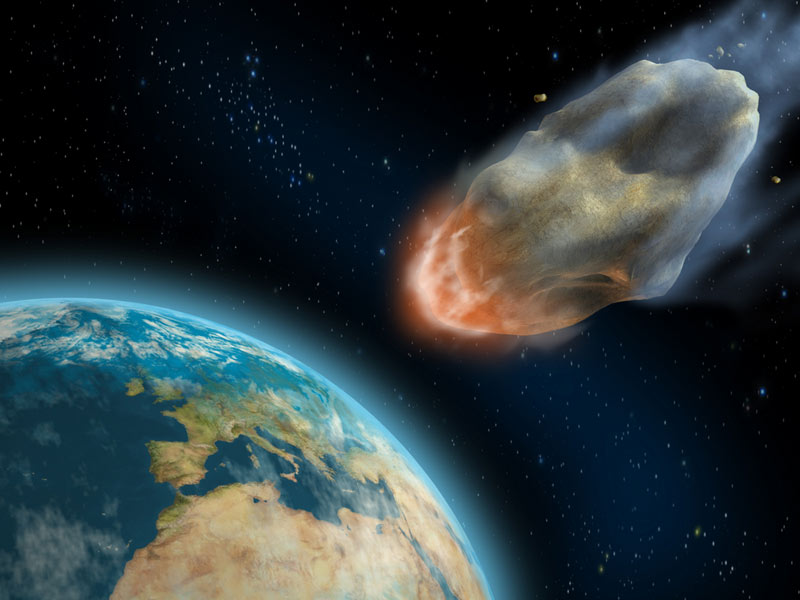Dino-Killing Cosmic Impact Wiped Out Ancient Birds, Too

Although birds survived the mass extinction that claimed their brethren, the rest of the dinosaurs, birds did not emerge unscathed, scientists now find.
Apparently many ancient lineages of birds died off at the end of the Age of Dinosaurs, researchers added.
Nearly all the modern bird groups, from owls to penguins and so on, began to emerge within 15 million years after the rest of the dinosaurs went extinct. These birds are subtly but significantly different from many of the ancient lineages that existed before a cosmic impact at the end of the Cretaceous period about 65 million years ago wreaked havoc around the globe.
"These archaic birds superficially looked very similar to modern birds, but underneath their feathers they were completely different," researcher Nicholas Longrich, a vertebrate paleontologist at Yale University, told LiveScience. "Some of them had teeth. Some of their joints were built backward compared to modern birds, so they may have flown in a different way." [In Photos: Birds of Prey]
Although scientists had suspected that many ancient bird lineages went extinct along with a host of other creatures at the end of the Cretaceous, "the fossil evidence was kind of vague," Longrich noted. This uncertainty left open the possibility that such birds actually began dying off gradually well before the mass extinction.

To help clear up this mystery, Longrich and his colleagues investigated ancient bird fossils from a variety of museums in the United States and Canada. They focused on specimens they had relatively certain dates for, ones from rock formations in states of Montana, North Dakota, South Dakota and Wyoming and the province of Saskatchewan in Canada.
The researchers identified seven species of archaic birds, including diving birds such as Hesperornithes, all of which lived within 1.5 million years of the asteroid impact, and most of which lived within 300,000 years before the impact. None survived past the end of the Age of Dinosaurs.
Sign up for the Live Science daily newsletter now
Get the world’s most fascinating discoveries delivered straight to your inbox.
"It looks like their extinction was abrupt," Longrich said. "It looks as if the asteroid hit all the dinosaurs — not just the non-avian ones like T. rex and Triceratops, but the birds as well, the flying dinosaurs."
It remains unknown whether all the ancient birds that died out had anything in common that helped ensure their demise or what qualities the lineages that survived had that helped them endure.
"We only have scraps of all these early birds, so we don't really know what the handful of birds that survived ate, or where they lived, factors that presumably helped them survive," Longrich said. "It's a big unsolved mystery." Future research might look at ancient bird fossils elsewhere in the world to help solve the puzzle, he added.
The scientists detailed their findings online Sept. 13 in the Proceedings of the National Academy of Sciences.
Follow LiveScience for the latest in science news and discoveries on Twitter @livescience and on Facebook.











